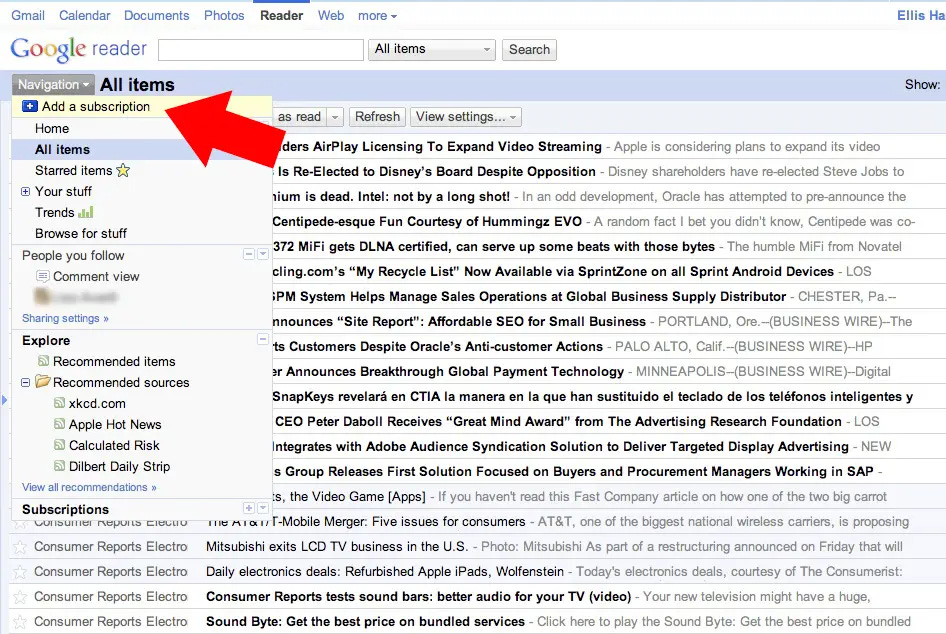It's time for an Open Internet
because one-size-fails-all
I’m not being censored… why should I care?
Even though it’s likely that you’re not being censored today I would bet that you’re interested to hear opinions and ideas that may not always be considered acceptable, popular, or mainstream yet. In fact, having the ability to discuss speculative and potentially heretical ideas is how we make progress in science, technology, medicine, and the arts.
With increased politicization of everything we need even more safeguards that strange ideas can be given a place to exist. And any given “place” so far has had an authority who ultimately has to decide where to draw lines. If this authority is aligned with your politics/preferences, you might cheer their decisions, but next week the person making the decisions might be against your preferences/beliefs. What then?
For a very recent example, we could consider the through-lines of public discussion around Covid-19:
Should we discuss ideas about its impact to different populations?
Which mitigation plans are considered acceptable?
What can we learn about the origin of this outbreak to limit the impact of future pandemics?
Haphazard content moderation by centralized providers is the cultural catalyst that’s driving demand for an open internet today. But why didn’t we get there sooner? We almost had something like this before, but we lost it.
The history of the humble feed
Over the course of the past decade and a half the feed has become the dominant entry-point for consumption of internet content for billions of people.
The concept of a feed of information on the Internet was first proposed in late 1999 with a standard called Really Simple Syndication (RSS). RSS was an early/open precursor to the feeds we commonly know of today run by big tech. It was primarily designed for reading from information sources, not writing into a public discussion around those sources. And the unspoken bit here is that the act of writing in the public discussion generates new potential reading sources for other people (and these sources should presumably have their own RSS feeds!). Notably, RSS has survived to support the podcast ecosystem exactly because readers (ahem, “listeners”) don’t turn into repliers on podcasts. RSS is great at open, one-way broadcast on the internet, but isn’t designed for participation.
Imagine it’s circa 2000 and you disagree with an idea from a post you just read in your RSS reader. To discuss the disagreement you would have to do one of the following: 1) find the email address of the author and email them — in which case you were making the conversation private, 2) setup your own website and post your thoughts in your own post that the original author would be unlikely to see, or 3) hope the original author has a commenting system setup on their website — and you would have to have an account on their system. So it took a lot of work to participate in a public conversation using RSS and it was tough for other people with opinions to notice and chime-in.
Services like Facebook, Twitter and others simplified some important UX for having public conversations on feeds. It’s not surprising RSS faded compared to the alternatives where you can rapid-fire-weigh-in on any post you read with your opinions and everyone else can see and weigh-in on your opinions with their own.
The centralized UXes were helpful when feeds were new. We needed training wheels. We didn’t have simple UXes or cultural expectations for how to participate in public discussions. Centralized UXes onboarded many people to these experiences very quickly. We unconsciously made the tradeoff to compromise openness for the simplified participation experience of a simpler UX.
One-size-fails-all
Fast forward to today: now that major tech platforms have refined feed UXes it feels like a huge step backward (downright primitive/clumsy!) for anyone to revert to the read-only nature of RSS.
As technology providers, the communication networks build one-size-fits-all publishing and consumption interfaces to create/access the information in their proprietary databases. This is a very rational choice, since they need to appeal to very broad audiences while controlling the publishing and consumption interfaces that lock-in users (an important part of how they capture value). However, the proprietary nature of their databases is both the source of their power and the source of their problems. As centralized providers of UX and data they have to play the role of content moderators deciding their own policies and complying with complicated and potentially conflicting government regulations across every region on the planet. No individual or company can do this well at a global scale no matter how smart they are — it’s just too complex of a problem.
So why would an open internet happen now?
We’re at a flashpoint with the chaos at Twitter and the clamoring for alternatives as a topic of daily interest. Luckily we’ve learned good UXes and habits for how to both read and write by the work of the centralized providers. And we now have the technology to make reading and writing work in a simple UX without tying the UX to the data store (thereby removing the burden of content moderation from the UX provider).
To summarize the sequence of events that got us here:
2000s - We learned how to subscribe to read content on the Internet
2010s - We onboarded the whole world to reading and writing in public conversations
2020s - We realized that decisions about who can write what by centralized platforms doesn’t work just at the time we’re getting emerging consensus on a technical solution to a more open internet publishing style.
Cats out of the bag now — game on!
Content moderation may be the catalyst, but the outcomes of this change will lead to even more profound and interesting impacts on the internet and society. We’ll be discussing these impacts in upcoming posts.
DM me on Twitter if you want to discuss/learn more: @dksf
And, of course, follow me on Nostr (pub key): npub1kuy0wwf0tzzqvgfv8zpw0vaupkds3430jhapwrgfjyn7ecnhpe0qj9kdj8




